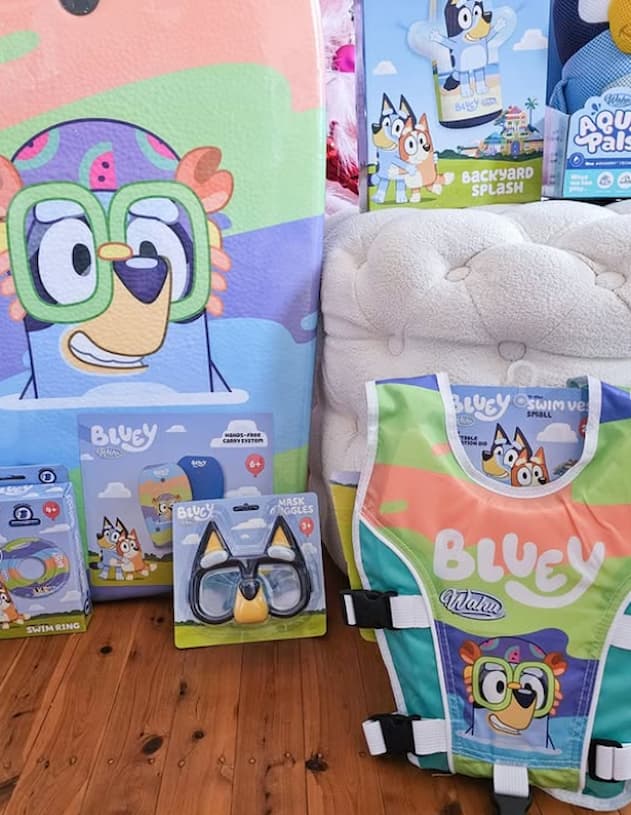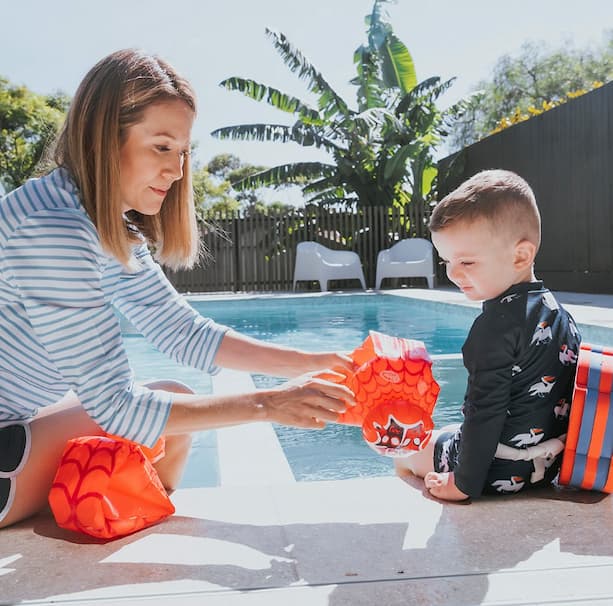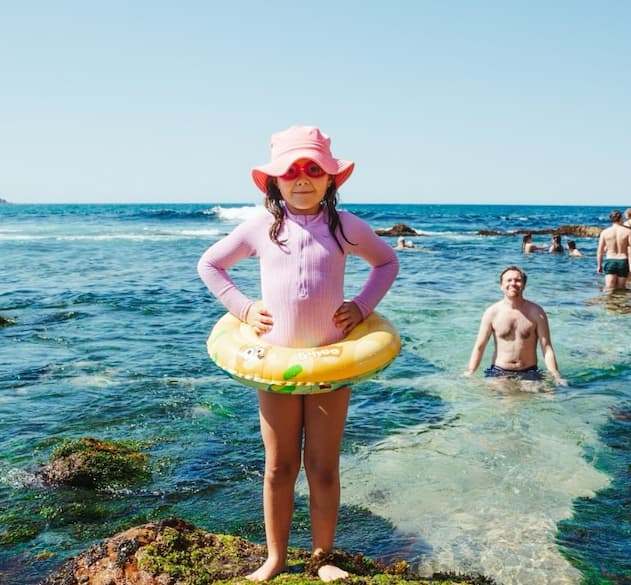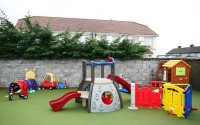Dive Right In: Essential Tips for Teaching Kids How to Swim
Learning to swim is more than just a fun summer activity. It’s an essential life skill that promotes safety, health, and confidence. Whether your child dreams of diving into the deep end or just needs to feel comfortable splashing around the pool, helping them develop swimming skills from a young age sets them up for a lifetime of aquatic enjoyment. With the right approach and supportive tools, teaching kids how to swim can be a positive and empowering experience for the whole family.
Read more: Dive Right In: Essential Tips for Teaching Kids How to SwimEssential Kids’ Swimming Accessories

The journey to becoming a confident swimmer starts with the right gear. The fun learn to swim accessories are essential for building technique, comfort, and safety in the water. Here are some of the best swimming accessories for kids that make learning to swim both effective and enjoyable:
Flotation Devices
- Kickboards: They’re great for developing proper kicking technique and teaching children how to maintain correct body position. Kids can hold onto them while focusing on their flutter or frog kicks.
- Pull Buoys: These are placed between the legs to isolate arm movements. They help improve upper body strength and body alignment, which is particularly useful for older kids learning stroke mechanics.
- Arm Floats: They provide buoyancy during early swimming attempts, but should be used cautiously. They’re helpful at first but should be phased out as skills and confidence improve.
- Swim Vests: These are a safer and more versatile alternative to arm floats. Look for coast guard-approved models that allow natural arm movement while keeping kids afloat.
- Pool Noodles: Highly versatile, they can be used for support, to teach body rotation, or simply for fun games that build confidence.
Goggles
Chlorinated pool water can be uncomfortable, especially for new swimmers. Goggles help protect the eyes and improve underwater visibility, which encourages kids to explore and engage with the water more freely. Choose a pair that offers a snug but comfortable fit and doesn’t leak.
Swim Caps
While not always essential, swim caps help keep hair out of children’s faces and reduce drag. They come in latex and silicone varieties. Latex offers a tighter fit, while silicone is softer and more durable. Plus, they come in fun colours and patterns that kids love.
Fun Toys and Games
Incorporating play is one of the best ways to teach swimming. Use rings, diving sticks, floating toys, or even waterproof balls to make lessons exciting. These kids’ pool accessories encourage movement, exploration, and the development of underwater skills like breath control and retrieval. Using a mix of these learn to swim accessories will not only aid skill development but also make the water feel like a safe and exciting place for children.
Building Comfort and Water Acclimation

Start Early (But Respect Readiness)
Many parents start with infant swim classes that focus on water comfort rather than technique. Whether you’re starting with a toddler or a school-aged child, pay attention to their comfort cues. Readiness varies by age and personality. Some kids dive right in, while others need more time to adjust.
Positive and Patient Approach
The key to success? Make it fun by singing songs, playing games, and celebrating small victories can turn lessons into cherished memories. Never force participation, let your child set the pace while you provide gentle encouragement.
Getting Comfortable with Water
Begin with gradual water exposure: splashing, pouring water over arms and shoulders, blowing bubbles, and even washing the face in the bath can help ease anxiety. Let kids explore different water depths while holding your hand or using flotation aids.
Water Safety Rules from the Start

From the beginning, introduce essential water safety habits:
- Always swim with an adult.
- Follow pool rules.
- Know when to ask for help.
- These habits are just as important as physical swimming skills.
Mastering the Basics
Blowing Bubbles and Breath Control
Breath control is a foundation skill. Encourage your child to blow bubbles through their nose and mouth to prepare for future stroke breathing. Try making it a game, like competing who can make the longest bubble stream.
Floating
Learning to float helps children trust the water. Start with the back floating, which often feels more stable. Use kids’ learn to swim accessories like noodles or vests for support, and gradually reduce assistance as confidence builds.
Kicking Techniques
- Flutter Kick: Used in freestyle and backstroke. Straight legs, small kicks from the hips.
- Frog Kick: Used in breaststroke. Bend, push out, and glide.
- Practise these with kickboards to isolate and strengthen the legs.
Arm Strokes
- Begin with basic paddling and gradually introduce strokes:
- Freestyle: Alternating arm movements and side breathing.
- Backstroke: Relaxed, controlled arm circles while floating.
- Breaststroke: Coordinated scooping motion.
Combining Arm and Leg Movements
Once your child is confident with individual components, help them coordinate arm and leg movements over short distances. Focus on smooth transitions and relaxed breathing.
Reinforcing Water Safety Habits
No matter how advanced your child becomes, always maintain active supervision. Even with the best swimming pool accessories for kids, nothing substitutes a watchful adult. Be aware of subtle signs that your child may be struggling, like silence, unusual posture, or fatigue. Prompt recognition and support are critical. Repetition is key. Regularly remind kids of essential rules: no running near the pool, no diving in shallow water, and always swim with a buddy. Parents and caregivers should consider taking a basic water rescue or CPR course. Knowing how to react in an emergency could save a life.
A Lifetime of Aquatic Enjoyment

Helping children learn to swim is one of the most valuable gifts you can offer. It empowers them with safety, fitness, and confidence that will last a lifetime. With patience, encouragement, and the right swimming accessories, the journey can be both fun and fulfilling. These types of fun activities for the whole family create lasting memories, as learning to swim together builds strong bonds and shared achievements. So grab those kids swimming accessories, head to the pool, and enjoy making waves together. After all, the best lessons are the ones taught with love, laughter, and a splash of adventure.



